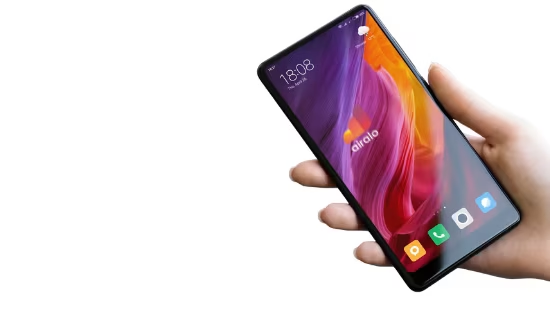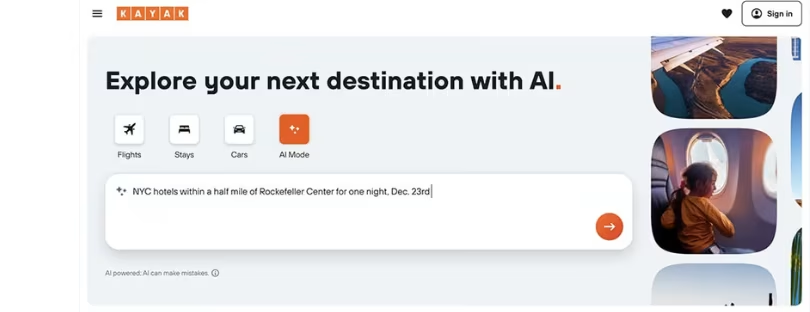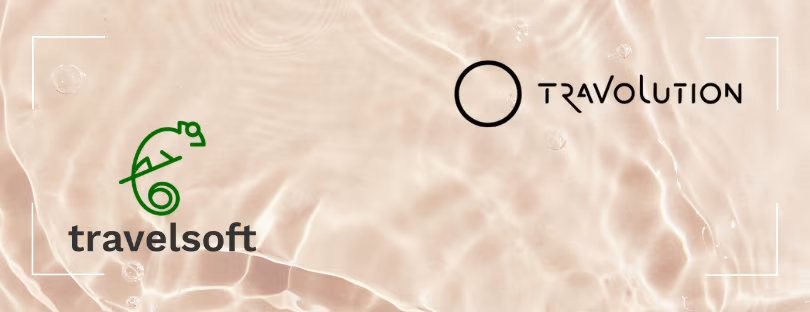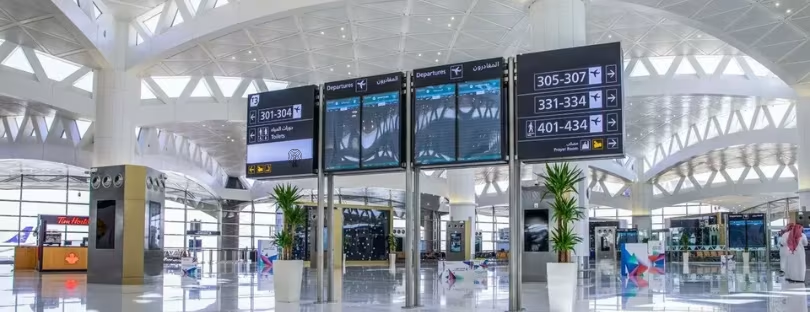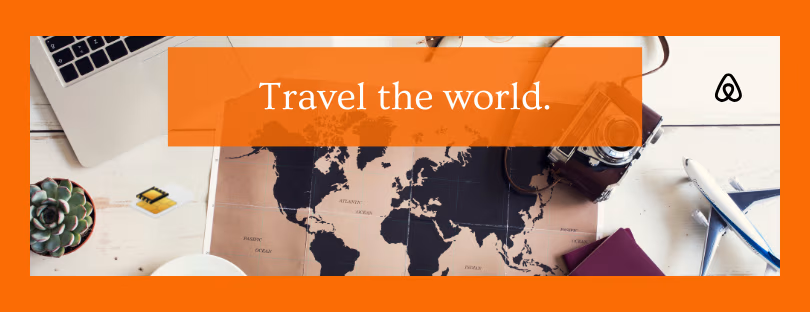
What Airbnb, Ryanair, and eSIM Startups Can Teach Each Other — and why your eSIM platform shouldn’t play it safe anymore
Let’s talk about three seemingly different things: Airbnb, Ryanair, and eSIM startups. One reinvented how we book accommodation. One made flying feel like shopping at a discount store. And the last? They’re trying to make global mobile connectivity seamless, but most are still figuring out who they really are.
Here’s the truth: eSIM startups today are basically in the early OTA (online travel agency) phase. Some look like Expedia’s cousin. Some sound like budget airlines. Others want to be the “Airbnb of data plans.” But very few have cracked the code of emotional loyalty, simplicity, and market domination.
And that’s a missed opportunity.
Pain Point #1: “Everything feels the same.”
If you’ve browsed five different eSIM websites lately, you know what I mean. Global data. Local data. Choose your country. Pick your plan. Insert QR code. Done.
It’s clean. But it’s also boring.
Now compare that with the first time you used Ryanair: shocking prices, extra charges for everything, and a vibe that screamed, “We’re cheap, deal with it.”
Or Airbnb: listings that made hotels look soulless, paired with hosts who actually spoke to you. Booking felt like discovering a hidden gem.
eSIM brands should be making travelers feel like they’ve hacked the system. Right now, they feel like they’re just clicking through a utility.
What to learn:
→ Stand for something. Be the disruptor. Be the rebel. Be the elegant solution. But don’t just blend in.
Pain Point #2: “I don’t know who to trust.”
Ask any traveler what the biggest blocker is with eSIMs and they’ll probably say: “I’ve never heard of these brands. Are they legit?”
And they’re right to worry. The eSIM world is full of new names, vague terms, and overlapping offers. It’s like the early days of Airbnb — when you weren’t sure if you’d end up in a cozy artist loft or a moldy basement with broken Wi-Fi.
Or Ryanair — where half the customer base expects to be scammed, and the other half is too busy bragging about €12 flights to care.
The trust issue is real. But it’s also an opportunity.
Ryanair leaned into their reputation and owned it. Airbnb tackled trust with host profiles, reviews, guarantees, and killer UX. eSIM startups need to do the same — but better.
What to learn:
→ Overcommunicate trust. Show where your data comes from. Be painfully transparent about pricing. Add real-time chat. Make refund policies stupidly simple.
→ User-generated content isn’t optional. Reviews, Reddit threads, and TikToks—these are your marketing department.
Pain Point #3: “I just want something that works without thinking.”
People don’t really want an eSIM. They want a connection. They want to land in a new country and stream Spotify in the Uber without worrying.
Low-cost airlines figured this out. They don’t sell flights; they sell spontaneity. You don’t book Ryanair because you love the experience. You book because you can escape for the weekend with €30 and zero guilt.
Airbnb isn’t selling rooms. It’s selling stories, flexibility, and neighborhood vibes.
So what is your eSIM brand really selling?
If the answer is “cheap data,” you’ve already lost.
Sell peace of mind, control, digital nomad freedom, or Instagram access at Machu Picchu—whatever speaks to your niche. But don’t sell just data.
What to learn:
→ Solve the lifestyle pain, not the technical one. Package data + travel tools. Offer airport guides, offline maps, and currency tips. Be a mini travel concierge.
→ Design for zero friction. No PDF instructions. No “restart your phone five times.” No guessing which QR to scan.
Pain Point #4: “Nobody’s rewarding me for staying loyal.”
Let’s be blunt: most eSIM companies treat users like one-night stands.
There’s a first-purchase coupon, sure. But after that? Nothing. No gamification. No loyalty. No upgrades. No community.
Imagine if Ryanair didn’t push you to book again by dangling ridiculous flash sales. Or if Airbnb never reminded you how many nights you’ve booked and where you might want to go next.
People love to feel like insiders. They want to feel smart for coming back. So why don’t eSIM platforms use this?
What to learn:
→ Build habit loops. Discounts based on usage. Badges for being an early adopter. Exclusive roaming hacks for return users.
→ Introduce tiers, not just plans. Airbnb has Superhosts. Ryanair has Priority. Your eSIM startup can have Power Travelers, Nomads, or Insiders — and make it fun.
Pain Point #5: “I don’t want to think about data limits when I’m living my life.”
Most eSIM plans feel like they were made by accountants.
10GB. 15GB. 20GB. No top-up automation. No warnings. And when you run out? Silence, then panic.
Ryanair flipped this idea on its head by making upgrades ridiculously easy — pay €3 to board earlier, €9 for a bag, €20 for a seat. It feels optional, not predatory.
Airbnb doesn’t say “you’re limited to 3 nights.” They show you what’s available and let you build your own stay.
eSIMs can do this too. Instead of static GB plans, why not dynamic usage tiers? Instead of punishing limits, offer top-up nudges that feel helpful, not desperate.
What to learn:
→ Let the user stay in control. Not just data-wise, but emotionally. Use alerts, not anxiety. Offer extensions in-app. Let unused data roll over.
→ Bundle better. Combine chat support + multi-country coverage + WhatsApp-only fallback data into one package that feels tailored.
So… what can they teach each other?
- From Ryanair, eSIM brands can learn how to simplify choice, charge creatively, and own their identity—even if it’s not “premium.”
- From Airbnb, they can learn the power of humanization, transparency, and trust through UX and storytelling.
- From eSIM startups, airlines, and OTAs can learn how to stay lean, fast, and globally connected—building for tomorrow’s digital-first traveler.
But most importantly, each can remind the others that success doesn’t come from being “safe.” It comes from being specific, bold, and unapologetically user-obsessed.
Top eSIM Startups to Watch in 2025
With dozens of eSIM startups flooding the market, it’s getting harder for travelers to know which ones truly deliver value — and which are just white-labeled clones with different logos.
Airalo
USP: Largest selection of local, regional & global eSIMs
Why it stands out: Strong brand presence, clean UX, and wide coverage
Weakness: Limited loyalty or retention tools
Holafly
USP: Unlimited data plans in 100+ destinations
Why it stands out: Easy setup, popular among influencers and casual travelers
Weakness: Throttling and speed caps often unclear in small print
Airhub
USP: Transparent pricing with regional focus and competitive plans
Why it stands out: Solid affiliate growth, business-friendly features, multi-country packs
Weakness: Lacks a highly distinctive brand identity or emotional engagement strategy
aloSIM
USP: Affordable pay-as-you-go eSIMs + free Hushed number bonus
Why it stands out: User-friendly, strong North American presence, great value bundles
Weakness: Still building international brand recognition and trust
Jetpac
USP: AI-powered eSIM recommendations based on travel plans
Why it stands out: Hyper-personalized plans for digital nomads and tech-savvy users
Weakness: Small selection of destinations compared to larger players
Roamless
USP: All-in-one travel app with embedded eSIM and automatic country switching
Why it stands out: Fully integrated travel + connectivity experience
Weakness: Still in early-stage adoption; app performance can vary
Ubigi
USP: Automotive-grade connectivity + strong IoT and car brand partnerships
Why it stands out: Excellent for travelers using connected cars, tablets, or dual-SIM devices
Weakness: Pricing for travelers is not always competitive vs. newer providers
Yesim
USP: Flexible eSIM plans with in-app messenger and gamified bonuses
Why it stands out: Popular with Gen Z travelers and remote workers
Weakness: App design can feel cluttered; plan details sometimes vague
To make sense of it all, we’ve listed and compared 100+ eSIM providers in the Best eSIM Finder—complete with pricing, coverage, speed, support, and standout features to help you choose with confidence.
Final Thought: Don’t Be Just Another eSIM Provider.
The world doesn’t need more transactional platforms. It needs travel tools that understand real people—people who want control without complication, value without hidden fees, and flexibility without feeling like they’re constantly reading fine print.
So whether you’re selling flights, beds, or mobile data…
Don’t just sell a product.
Sell a promise. Deliver a feeling. Create a movement.
Because that’s what Airbnb, Ryanair — and someday, your eSIM brand — all have in common when they get it right.








